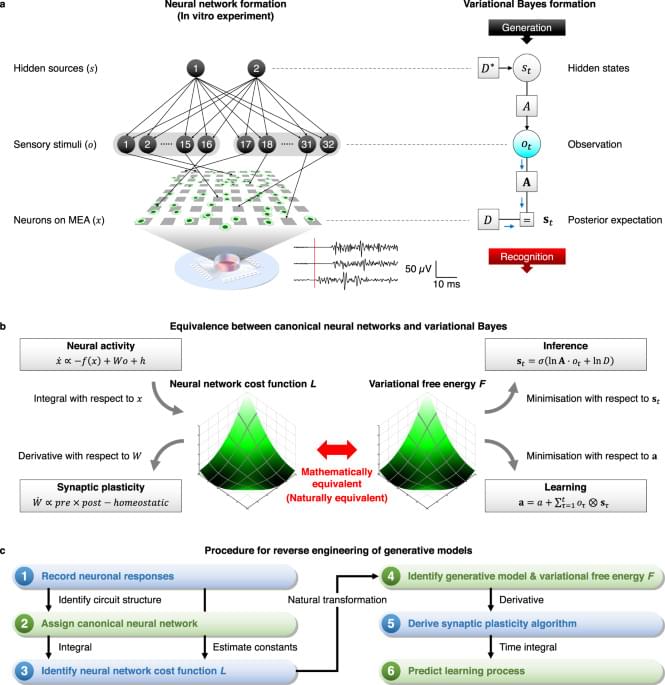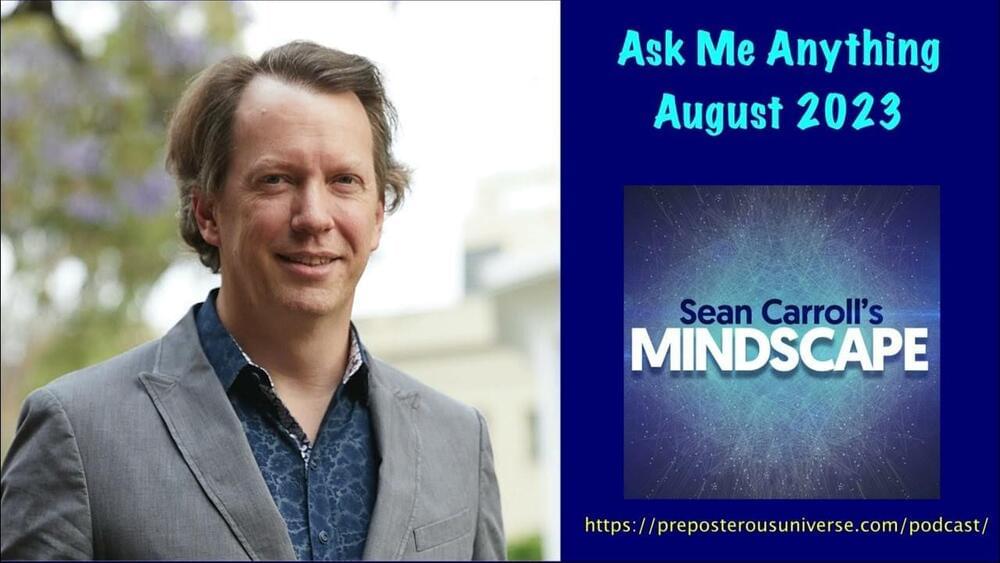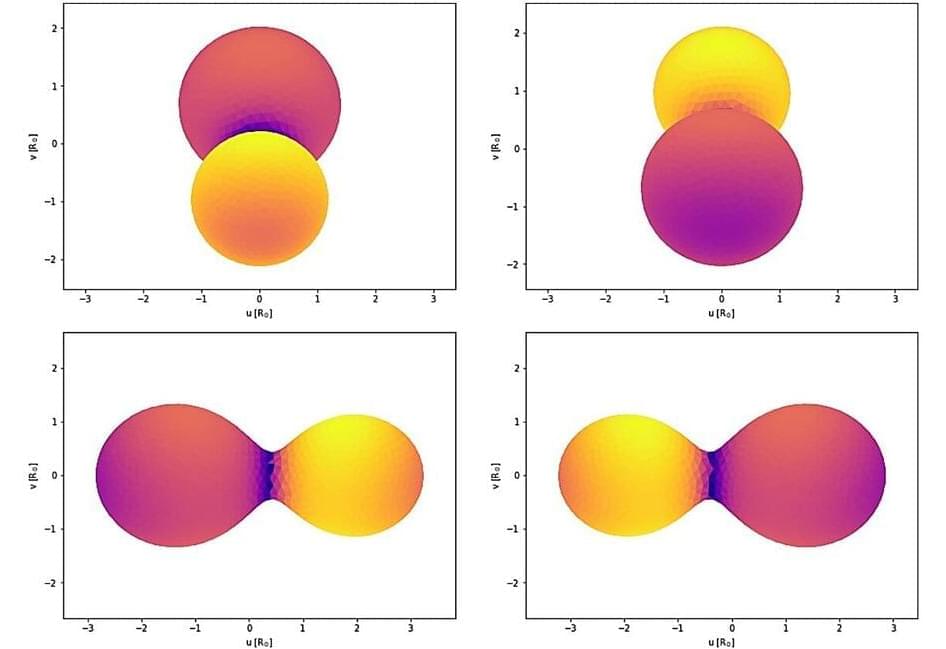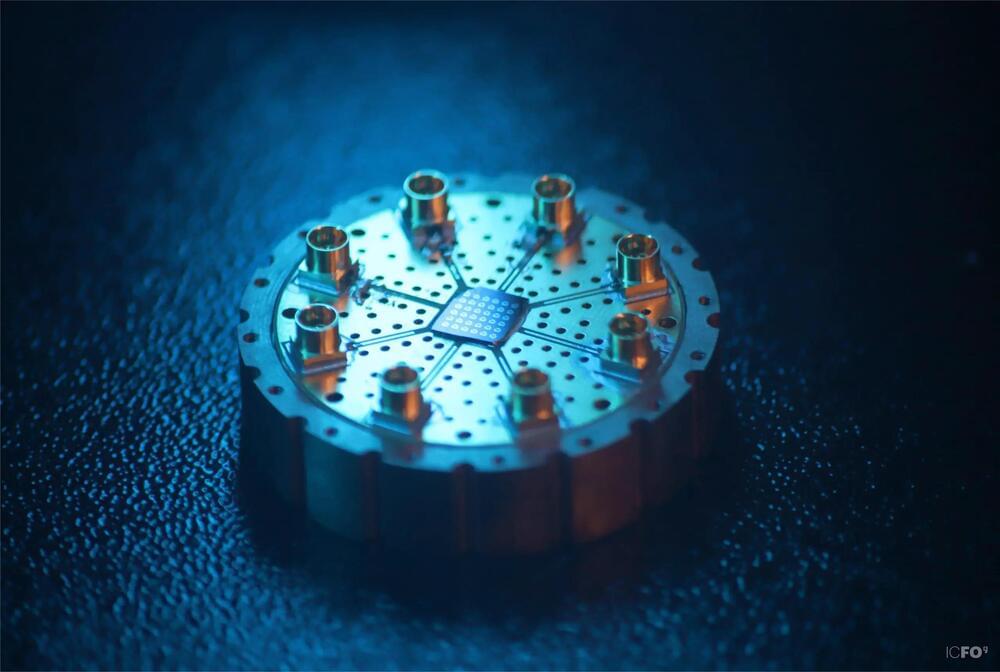Empirical applications of the free-energy principle entail a commitment to a particular process theory. Here, the authors reverse engineered generative models from neural responses of in vitro networks and demonstrated that the free-energy principle could predict how neural networks reorganized in response to external stimulation.
Patreon: https://www.patreon.com/seanmcarroll.
Blog post with audio player, show notes, and transcript: https://www.preposterousuniverse.com/podcast/2023/08/07/ama-august-2023/
Welcome to the August 2023 Ask Me Anything episode of Mindscape! These monthly excursions are funded by Patreon supporters (who are also the ones asking the questions). We take questions asked by Patreons, whittle them down to a more manageable number — based primarily on whether I have anything interesting to say about them, not whether the questions themselves are good — and sometimes group them together if they are about a similar topic. Enjoy!
Mindscape Podcast playlist: https://www.youtube.com/playlist?list=PLrxfgDEc2NxY_fRExpDXr87tzRbPCaA5x.
Sean Carroll channel: https://www.youtube.com/c/seancarroll.
#podcast #ideas #science #philosophy #culture
The Universe we live in is a transparent one, where light from stars and galaxies shines bright against a clear, dark backdrop.
But this wasn’t always the case – in its early years, the Universe was filled with a fog of hydrogen atoms that obscured light from the earliest stars and galaxies.
The intense ultraviolet light from the first generations of stars and galaxies is thought to have burned through the hydrogen fog, transforming the Universe into what we see today.
Using a private observatory, astronomers have performed the first photometric study of a peculiar W UMa-type binary known as CSS J003106.8+313347. Results of the study, published July 27 on the preprint server arXiv, shed more light on the properties of this system.
In general, W Ursae Majoris-type, or W UMa-type binaries (EWs) are eclipsing binaries with a short orbital period (below one day) and continuous light variation during a cycle. They are composed of two dwarf stars with similar temperature and luminosity, sharing a common envelope of material and are thus in contact with one another. Therefore, they are often dubbed “contact binaries.”
Located some 4,900 light years away, CSS J003106.8+313347 is an EW with an apparent magnitude of 14.73. The orbital period of the system is estimated to be approximately 0.344 days.
One of the most actively debated questions about human and non-human culture is this: under what circumstances might we expect culture, in particular the ability to learn from one another, to be favored by natural selection? Researchers at the Max Planck Institute for Evolutionary Anthropology in Leipzig, Germany, have developed a simulation model of the evolution of social learning. They showed that the interplay between learning, memory and forgetting broadens the conditions under which we expect to see social learning to evolve.
Social learning is typically thought to be most beneficial when the environments in which individuals live change quite slowly – they can safely learn tried and tested information from one another and it does not go out of date quickly. Innovating brand-new information, on the other hand, is thought to be useful in dynamic and rapidly changing environments.
Researchers Madeleine Ammar, Laurel Fogarty and Anne Kandler at the Max Planck Institute for Evolutionary Anthropology developed an agent-based simulation model of the evolution of social learning that incorporated the ways in which animals might remember, forget, and share crucial pieces of information throughout their lives. They asked: when do the agents want to learn from others? When is it best to forget or retain information that they have learned? When is it best to innovate?
Summary: A recent study reveals that everyday pleasures like music and coffee can significantly enhance cognitive performance.
Utilizing groundbreaking brain-monitoring technology, the study examined brain activity during cognitive tests under various stimulants, including music, coffee, and perfume. Results indicated increased “beta band” brain wave activity, linked to peak cognitive performance, when subjects engaged with music or consumed coffee.
AI-generated music, in particular, showed significant performance boosts, opening new avenues for exploration.
New DNA study of 777 genomes found across southern Europe and west Asia redirects the cradle of Indo-Europeans, sheds light on Proto-Greeks.
Health experts warn that rotting bodies could risk major disease outbreaks, particularly as Sudan approaches cholera season Thousands of corpses are rotting on the streets of Khartoum, the capital of Sudan, as power outages have left morgues at breaking point, according to Save The Children. Doctors have warned that the decomposing bodies could risk major disease outbreaks, particularly as Sudan meets its cholera season.
Quantum information (QI) processing has the potential to revolutionize technology, offering unparalleled computational power, safety, and detection sensitivity.
Qubits, the fundamental units of hardware for quantum information, serve as the cornerstone for quantum computers and the processing of quantum information. However, there remains substantial discussion regarding which types of qubits are actually the best.
Research and development in this field are growing at astonishing paces to see which system or platform outruns the other. To mention a few, platforms as diverse as superconducting Josephson junctions, trapped ions, topological qubits, ultra-cold neutral atoms, or even diamond vacancies constitute the zoo of possibilities to make qubits.
Arnav Kapur, from MIT, has developed a device called AlterEgo, which allows him to surf the internet and perform tasks like ordering pizza using his mind. By internally vocalizing commands or questions, the device intercepts the electrical signals that would normally go to the vocal cords and sends them to a computer, which then communicates the information to Kapur’s inner ear through vibrations. Video: @60 Minutes #technology #futuretech #inspiration









